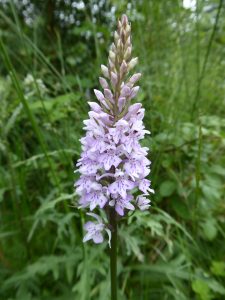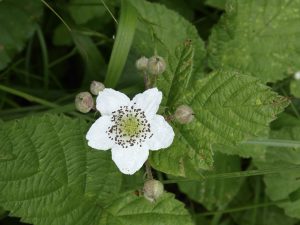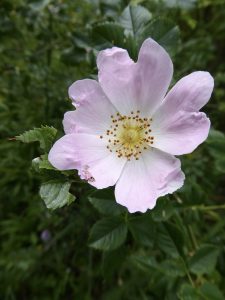The state of our planet is very big in news at this point in time and the potential extinction of many species is also being widely discussed. This is starting to happen already and I have watched many species here in the UK decline during my lifetime and still declining wildlife has to struggle or cling on to survival.
This last point hit me hard four years ago when I paid a visit to little site I knew that contained Nightingales. Now Nightingale are a migratory species that arrive in the UK in mid to late April and the male birds sing their famed song to attract a mate. They were always on the edge of their European range here in the UK but numbers have been falling mainly due to lack of decent habitat for them. So, every site that is being used is a precious site for this species. On that May afternoon four years ago, I arrived at the site to find that the whole area where the birds had been singing had been cut to the ground and there were no birds present. I was pretty angry to say the least.
I visited the site in the following years and there were no birds present. Some of the cut down vegetation had started to regrow and a couple of years ago I wondered whether the Nightingale would possibly return because of improvements in the habitat. And so, to last Monday when I found myself back in this place and whilst 6I was looking around the unmistakable song of a Nightingale erupted from a scrubby area. I was delighted and very quickly made some notes of what the bird was doing and where it was singing. After 20 minutes I moved off and was left with a few questions in my head. Where the bird had been singing was an area where I had never recorded them before. I had seen them close to this area in previous years but not in the corner where I had refound them that day. This area had been scrubbing up with Brambles and Blackthorn over the last few years and these two species are known to be favourable to nesting Nightingale. I’m hoping this is a breeding pair and they will stay and breed successfully. We shall see.
This episode reiterated the point that if suitable habitats is present it will be used by wildlife, common and rare alike.
Many species that have undergone population declines in recent times could be helped with a few comparatively simple measures and this example of the Nightingale shows this well with good habitat availability being available.
I am old enough to remember the times where many species were far commoner than they are today and I know that nature has the capability to recover if given the chance and opportunity. This can only happen if land management and wildlife laws are radically changed. We shall see if the new political pressure makes any improvements so we can still hear the incredible song of birds like Nightingales in years to come




